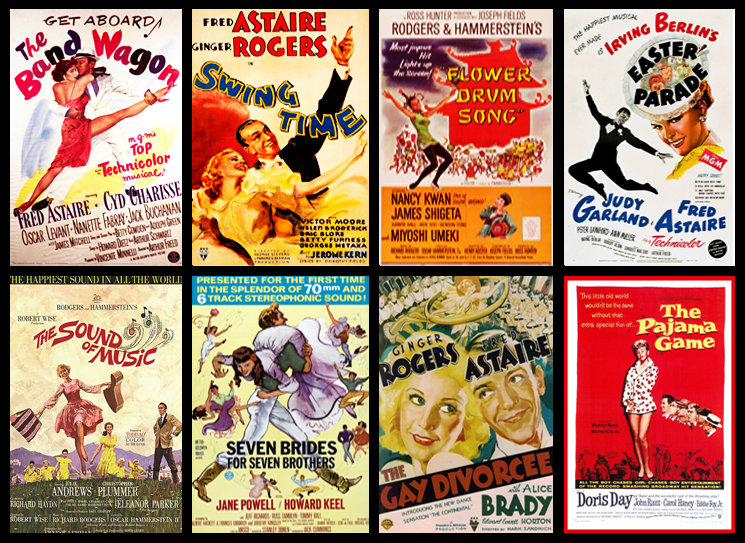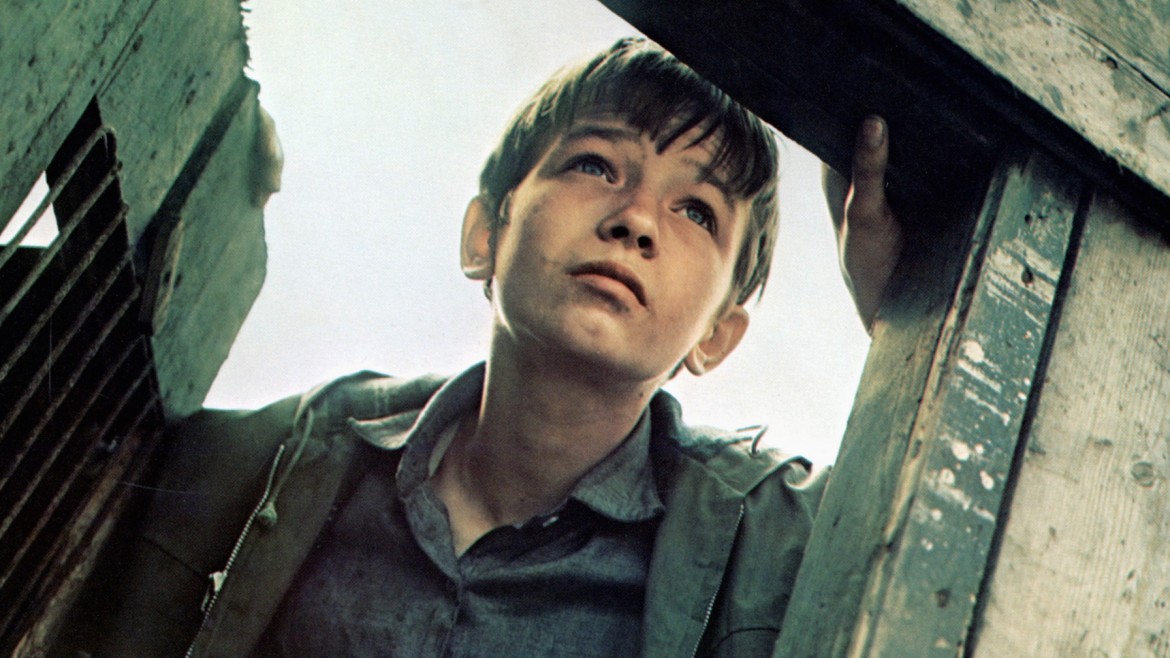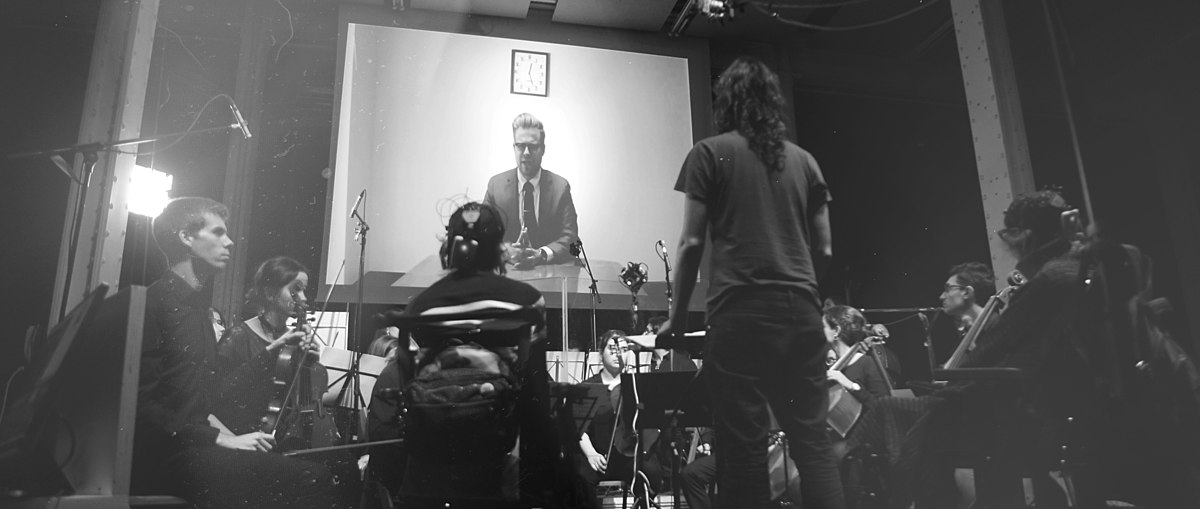The Evolution of Musicals in Cinema: A Tapestry of Song and Story
Cinema has long been a mirror reflecting society's cultural, social, and artistic aspirations. Among its many genres, the musical holds a unique place, weaving together narrative, music, and dance into a vibrant tapestry that resonates with audiences worldwide. From grand theatrical productions to intimate stories underscored by melodies, musicals in cinema have evolved dramatically over time, capturing hearts and inspiring generations.
The Golden Age: A Symphony of Innovation
The origins of musicals in film can be traced back to the early 20th century, coinciding with the advent of synchronized sound in cinema. The groundbreaking release of "The Jazz Singer" in 1927 marked a pivotal moment, introducing the world to the phenomenon of "talkies." This revolutionary change not only transformed the way films were made but also set the stage for the emergence of cinematic musicals.
The 1930s and 1940s are often heralded as the Golden Age of musicals. During this era, studios like MGM became synonymous with lavish productions that dazzled audiences with elaborate sets, stunning choreography, and memorable performances by stars such as Judy Garland, Fred Astaire, and Gene Kelly. Films like "The Wizard of Oz" (1939) and "Singin' in the Rain" (1952) captivated viewers with their timeless songs and innovative dance sequences, cementing their place as cultural landmarks. These films reflected the industry's willingness to push narrative and visual boundaries, fostering a deep connection between the audience and the magic of the silver screen.
Beyond the Studio: A New Horizon
As the 1960s approached, the landscape of musical cinema began to shift. The traditional studio system was losing its grip, and filmmakers were seeking fresh approaches to storytelling. This era witnessed the adaptation of successful stage musicals into cinematic masterpieces. Films like "West Side Story" (1961) and "My Fair Lady" (1964) exemplified this trend, each offering a unique cinematic interpretation that introduced Broadway's best to wider audiences.
The infusion of social themes and contemporary narratives set apart the musicals of this period. "West Side Story,” for instance, not only dazzled with its energetic choreography and memorable score but also tackled issues of racial tension and identity in the American urban landscape. This infusion of more profound themes helped musicals remain relevant, engaging audiences both musically and intellectually.
The latter half of the 20th century also saw a diversification in musical styles, with productions like "Cabaret" (1972) showcasing darker, more nuanced storytelling. Bob Fosse's innovative choreography, coupled with Liza Minnelli's unforgettable performance, marked a departure from the more upbeat offerings of earlier decades. The music and story combined to explore the complexities of life amidst political turmoil, ushering in an era where musicals were not just about entertainment but also poignant narratives of social commentary.
Animation: Breathing New Life into Musical Cinema
Meanwhile, another sector of filmmaking was quietly revolutionizing the musical genre: animation. Disney, which had already made significant contributions with classics like "Snow White and the Seven Dwarfs" (1937), entered a renaissance period in the late 1980s and 1990s, reigniting interest in musicals with films such as "The Little Mermaid" (1989), "Beauty and the Beast" (1991), and "The Lion King" (1994).
These animated features combined enchanting storylines with memorable scores, creating an indelible mark on both young and adult audiences. The blend of animation and musical storytelling proved to be a winning formula, expanding the reach and appeal of the genre. This era not only redefined the possibilities for animated musicals but also paved the way for a new generation to experience the magic of musicals in a format that was accessible and enduring.
As we look back on these transformative years, it becomes evident that musicals in cinema have demonstrated an incredible ability to adapt and evolve. From the glitzy spectacles of the Golden Age to the nuanced portrayals of contemporary narratives, musicals have continually found ways to captivate audiences and remain relevant amidst the ever-changing cinematic landscape.
The journey of musicals in cinema is a testament to the power of music and storytelling. They have served as both a reflection of the times and a catalyst for change, influencing culture and bridging disparate worlds through the universal language of song. As we continue to explore the rich legacy and future possibilities of musical cinema, the melodies and stories woven within them will undoubtedly continue to inspire and delight audiences for generations to come.
The Modern Era: A Return to Popularity
As the 21st century unfurled, the musical experienced a notable resurgence in popularity, buoyed by fresh creative approaches and technology-driven innovation. This reawakening began with films like "Moulin Rouge!" (2001), which reintroduced the theatrical flamboyance and emotional intensity of musicals to a new generation of moviegoers. Director Baz Luhrmann's imaginative vision blended contemporary pop music with opulent, avant-garde visuals, offering a hyper-stylized aesthetic that captured the public imagination and set a precedent for future productions.
The success of "Moulin Rouge!" indicated a renewed appetite for theatrical musical experiences. This revitalization was further propelled by the release of "Chicago" (2002), a film that not only thrilled audiences but also garnered critical acclaim, winning the Academy Award for Best Picture. "Chicago" merged razzle-dazzle choreography with a gritty storyline, proving that musicals could be both entertaining and intellectually appealing. With its ensemble cast led by Catherine Zeta-Jones, Renée Zellweger, and Richard Gere, "Chicago" reinforced the potential of musicals to address complex themes while delivering spectacular performances.
The Role of Technology and Adaptation
In the contemporary cinematic landscape, technology has played a crucial role in enhancing the appeal of musicals. Advances in filmmaking techniques have allowed directors to push the boundaries of what is visually and audibly possible. The use of digital effects and enhanced acoustics has enabled filmmakers to craft immersive experiences that draw audiences into the heart of the musical's world. The sweeping camerawork in films like "Les Misérables" (2012) and the seamless choreography of "La La Land" (2016) capitalize on these technological advancements, creating seamless transitions between narrative and musical numbers that captivate the senses.
Furthermore, the adaptation of beloved stage musicals for the screen has contributed to the genre's resurgence. Cinematic interpretations of Broadway hits, such as "Mamma Mia!" (2008) and "Into the Woods" (2014), have successfully attracted fans of the stage while introducing the genre to new audiences unfamiliar with its theatrical roots. These adaptations often feature star-studded casts, blending the charisma of seasoned thespians with the allure of Hollywood talent, ensuring widespread appeal.
The Cultural Impact: Musicals as Social Commentary
Beyond entertainment, modern musicals have increasingly become platforms for social commentary, allowing audiences to explore pressing issues and diverse narratives through the lens of music and dance. Films like "The Greatest Showman" (2017) and "Hamilton" (2020) delve into themes of acceptance, ambition, and identity, using the musical format to challenge conventions and spark conversations on cultural and historical topics.
"Hamilton," particularly, stands as a cultural phenomenon, utilizing hip-hop, R&B, and traditional musical theater elements to retell America's founding story. Its groundbreaking portrayal of historical figures as ethnically diverse cast members highlights the inclusivity and innovation that can redefine the narrative frameworks of both cinema and musical theater. The success of "Hamilton," streamed on Disney+, exemplifies the potential for musicals to influence and educate audiences through accessible platforms, embracing diverse perspectives in a format that resonates beyond traditional theater settings.
The Rise of the Musical Biopic
In recent years, a sub-genre within musical cinema has emerged: the musical biopic. Films like "Bohemian Rhapsody" (2018) and "Rocketman" (2019) have captivated audiences by offering intimate glimpses into the lives of iconic musicians. These cinematic works intertwine fact and fiction, utilizing the artists' own music to narrate their personal journeys, struggles, and triumphs.
"Bohemian Rhapsody," which chronicles the rise of Queen and its legendary frontman Freddie Mercury, achieved monumental success at the box office. Rami Malek's Oscar-winning portrayal of Mercury highlighted the film's achievement in merging captivating storytelling with music that has defined a generation. Similarly, "Rocketman," featuring Taron Egerton as Elton John, blended fantasy sequences with poignant biographical details, creating an emotional narrative that captured the essence of John's life and artistry.
These biopics underscore the lasting impact of musical greats and serve as a testament to their influence on culture. Through cinematic interpretation, these films celebrate the legacies of musicians while demonstrating the unique power of the musical genre to evoke profound emotional responses from audiences.
A Vibrant Future
As we look towards the future, the enduring appeal of musicals in cinema suggests an exciting horizon filled with creative possibilities. The genre continues to innovate, exploring fresh narratives and integrating cutting-edge technology to reach broader audiences and expand its influence. Streaming platforms and online media have also provided new avenues for distributing musicals, amplifying their reach and fostering global appreciation for this dynamic art form.
Given their ability to blend story, music, and visual spectacle, musicals will likely continue to evolve, serving as a mirror that reflects the aspirations and challenges of society. They stand as a testament to the boundless creativity that has propelled the genre through its remarkable history: a genre both glorious in its tradition and thrilling in its evolution.
In this ongoing exploration, musicals remain as enchanting as ever, inviting audiences to lose themselves in the rhythm and harmony of stories that sing—stories that capture the very essence of our human experience. As this genre continues to write its melody for future generations, one can only anticipate the ways it will shape and be shaped by the cultural currents of tomorrow.
The Intersection of Global Influences and Diversity
One of the most captivating aspects of the evolving musical landscape is the increasing influence of global cultures and diverse narratives. As filmmakers seek to broaden their storytelling horizons, they draw inspiration from a rich tapestry of international traditions, integrating these diverse elements into the musical genre. This infusion not only enriches the narrative complexity of musicals but also reflects the increasingly interconnected world in which we live.
Films like "Slumdog Millionaire" (2008) and "La La Land" (2016) highlight how musicals can transcend cultural boundaries, engaging audiences with stories that resonate on a universal level. "Slumdog Millionaire," while not a traditional musical, employs a powerful soundtrack that underscores its narrative, merging Indian and Western musical styles to create a unique auditory experience. The film garnered critical acclaim, including multiple Academy Awards, showcasing the potential for cross-cultural storytelling through music.
Similarly, "La La Land," while deeply rooted in classic Hollywood tradition, includes diverse elements in its portrayal of Los Angeles—a multicultural metropolis teeming with individuals pursuing varied dreams. The film’s success lies in its ability to pay homage to its predecessors while simultaneously offering a fresh, personal perspective that feels both timeless and new.
Innovations on Screen and Stage: A Symbiotic Relationship
The relationship between screen and stage musicals remains a vital one, characterized by a continuous exchange of ideas, performers, and audiences. Broadway and West End productions often serve as a laboratory for musical experimentation, testing new ideas and trends that will eventually influence cinematic counterparts. Conversely, successful film musicals can inspire stage adaptations, resulting in a dynamic, cyclical relationship that enriches both mediums.
One notable example is the journey of "The Lion King," which transitioned from a beloved Disney animated film to a groundbreaking stage production that has since become one of Broadway's most enduring hits. The stage adaptation, with its innovative puppetry and African-inspired musical score, exemplifies how the core essence of a narrative can be expanded and transformed through different artistic expressions.
Similarly, cinematic adaptations such as "Les Misérables" have found new life and audiences on screen, with many seeing the film adaptation as an introduction to the epic musical. These reciprocal influences ensure that both the stage and screen continue to thrive, providing artists with diverse platforms to explore and innovate within the genre.
The Role of Streaming and Technology in Accessibility
In recent years, digital streaming platforms have significantly impacted the accessibility and distribution of musicals. Services like Netflix, Amazon Prime, and Disney+ have brought a renewed visibility to both classic and contemporary musical films, enabling audiences worldwide to experience these productions from the comfort of their own homes.
An increase in digitally distributed musicals has also led to the emergence of original productions directly available to streaming audiences. For example, "The Prom" (2020) and "In the Heights" (2021) debuted as streaming films, expanding their reach beyond traditional theatergoers. This shift not only democratizes access to musicals but also encourages a global exchange of cultural narratives, presenting audiences with an ever-expanding array of storytelling opportunities across borders.
The role of technology continues to empower independent creators, facilitating the production and distribution of musical content through online platforms. On social media and video-sharing sites, creators are now able to reach vast audiences, showcasing short musical films and innovative performances that further democratize the genre. This accessibility encourages budding artists to experiment within the medium, fostering an environment ripe for discovery and evolution.
The Future: Embracing Change While Honoring Tradition
As we cast our gaze toward the horizon of musical cinema, the genre's future appears as promising as its storied past. Musicals continue to be a dynamic and ever-evolving art form, passionate in their embrace of new ideas, technologies, and cultural influences. With innovative creators pushing boundaries, musicals are poised to delve into even more varied themes and narratives, reflecting a world that is increasingly diverse and multifaceted.
In accordance with their tradition, musicals remain a vehicle for joy, exploration, and introspection. Whether through the latest cinematic offerings or live theatrical performances, the genre's ability to forge connections—both with its audiences and between disparate cultures—endures. By remaining receptive to change while honoring the timeless allure of music and dance, musicals will continue to shape and inspire the imaginations of future generations.
This delicate balance between tradition and innovation, nostalgia and progress, ensures that musicals will persist as a favored storytelling medium. As artists and audiences alike continue to celebrate the richness of song-fueled narratives, the genre's distinctive appeal will undoubtedly continue to enchant, challenge, and entertain, proving that in the realm of storytelling, music will always find a way to captivate hearts and move souls.




















Comments